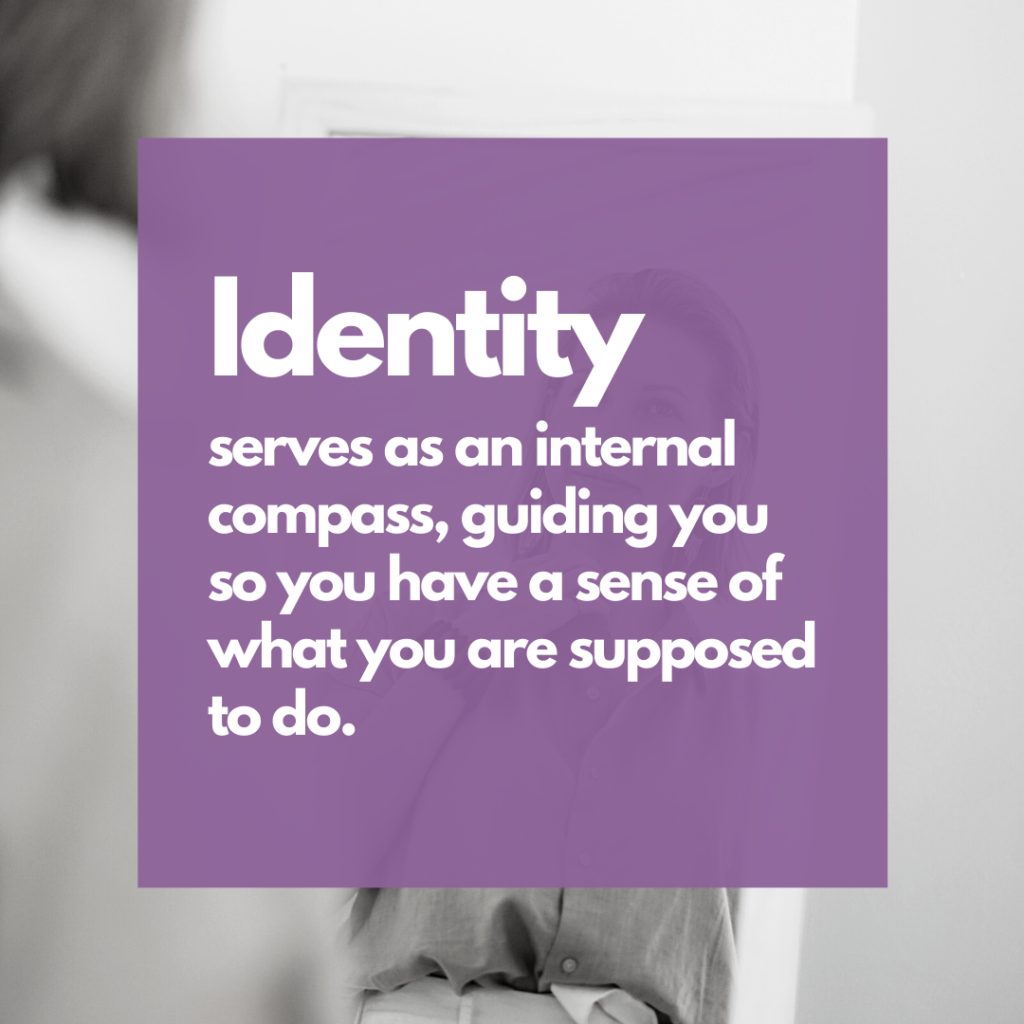Football season is almost here, and you know what THAT means at the office. People wearing team jerseys to work on Fridays, decorating their cubicles in team colors, ragging on each other in the lunchroom, and making bets on their favorite teams. You’re from New York and you’re used to people getting all excited about NFL teams, but here in Florida, college football fans take it to a whole new level.
Your boss, the Senior Vice President of Marketing, has it worse than anyone- he’s obsessed with his alma mater’s performance on the gridiron. Even though you’re not that into the sport, you keep a close eye on football scores, knowing his mood in the coming week will pivot based on whether they win or lose. Monday morning he’ll either be jubilant and crowing over his victory or dejected and complaining over a loss. He won’t pay much attention to the initiatives you’re working on, or too much of anything else, until the season ends in the winter. “Being excited about football is one thing, but this is ridiculous”, you think as you prepare yourself for another fall of football fanaticism.
If you’re wondering what is driving this kind of passionate fandom, for many people, it’s identity. During the pivotal college years when much of our identity is formed, peer pressure, pageantry, passion and other factors can drive people to merge their own identities with, for example, a football team.

But why is identity so important? Well, it’s an essential part of who we are as people. We describe the driver of identity as a fundamental human motivation to feel ownership of ourselves as individuals and how we fit into the world.
From an evolutionary perspective, identity was critical to help people know who they could rely on with minimal risk of betrayal. If, for example, you knew you were in the same tribe as another human, you could feel confident that she would do what is in your best interest. Sports teams are an excellent example of this. Alternatively, if she were from another tribe, you might need to question if she was looking to acquire your resources or harm you for the benefit of her own tribe. Or to continue our sports metaphor, to steal the ball and score against you!
In Maslow’s hierarchy of needs, identity is most closely related to esteem, which is about both esteem for oneself (similar to individual identity), as well as the desire for status or prestige from others (similar to social identity). So how do we form identity now that we are no longer living in survival-oriented tribes?
Humans are Motivated for Identity
The question of who we are – our identity – is so intriguing for humans. The Cambridge Analytica scandal involved exploiting humans’ motivation to better understand their own identity by asking Facebook users to take a personality test referred to as “This is Your Digital Life.” Over 87 million users ended up trading their personal information for an answer to this question around their identity. In 2019, personality tests were a $500M industry (source). People are hungry to understand themselves and grow their awareness of their identity, as it is a source of comfort and utility. Knowing who we are helps us know what to do and how to behave.
Social identity can be defined as a person’s sense of who they are based on their group memberships. According to Tajfel & Turner (1979), social identity theory includes three elements: social categorization, social identification, and social comparison.
In early life, children look to those around them to develop their identity. They learn how to categorize others (social categorization), usually oversimplifying in the process. Social identification means applying one or more categories to oneself as an individual, which leads to the third element: social comparison. This social comparison creates a basis for how we feel about ourselves, or our self-image. Humans are motivated to have a positive self-image, which means they will evaluate their own social identity with high regard. This is why identifying with a high-achieving athlete makes people feel good about themselves.
Humans suffer without Identity
When humans lack a clear identity, they generally are described as having an identity crisis. It could include a lack of clear identity or an identity conflict. Identity crises have been linked to negative symptoms such as depression, fatigue, and issues with motivation and concentration. Identity serves as an internal compass, guiding you so you have a sense of what you are supposed to do. Living in alignment with one’s identity, or true self, is a source of happiness. In contrast, when people are living out of alignment, behaving as a means to please or impress others, it is exhausting.

Developing a strong sense of identity is something we crave as humans because it brings us a sense of comfort. Whether your identity is attached to your alma mater, your favorite sports team, or your organization, identity is often a source of pride. Personal and social identities guide how we live our lives and make choices, giving us a sense of direction, and without direction, nothing matters.
So how can YOU develop a strong sense of identity for your team? Through common purpose, common beliefs, and control – which we will discuss, in detail, in our Unity blog series this November. (Don’t forget to subscribe to our Leaders Journey email list so you can be notified when new blogs, including the Unity series, are released!)
- Common Purpose: a compelling reason for the existence of your organization that inspires people to make the world a better place
- Common Beliefs: a shared world view that defines how people will behave toward one another
- Control: the boundaries and mechanisms that determine how the organization functions and achieves its goals
If you’ve read the rest of the blogs in this series, you now know there are four fundamental human drivers in organizations: growth, belonging, connection, and identity. When leaders design their cultures in such a way that these human needs are met, they can tap into these intrinsic drivers to create an effective culture. Consider for a moment: what kind of culture do you think would emerge in your organization when each of these four drivers are fully met?
Ready to take your leadership to the next level? Get your FREE copy of my eBook, Level Up: 3 Steps to Be a Better Leader. Click here to download!


2 replies on “Being Authentic vs. Fitting In: Why Identity Matters”
Love this!
Thank you, Kristen!